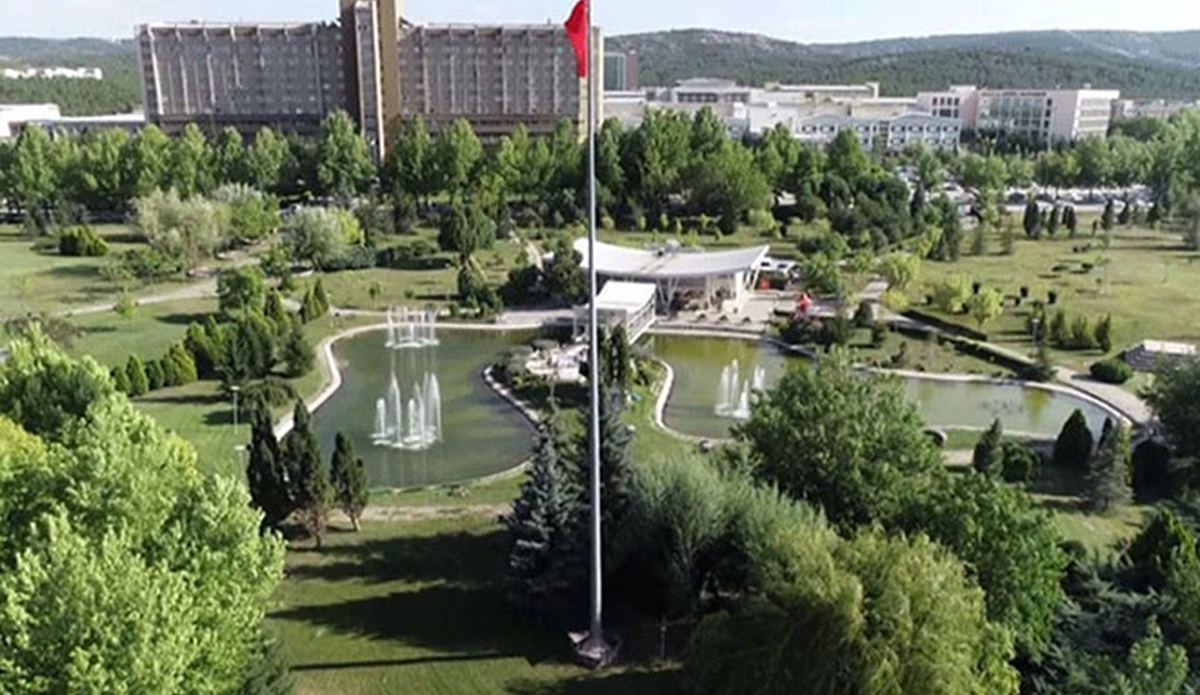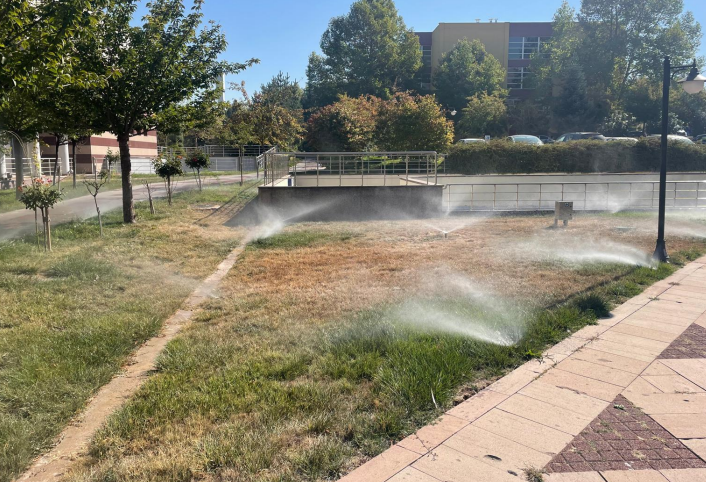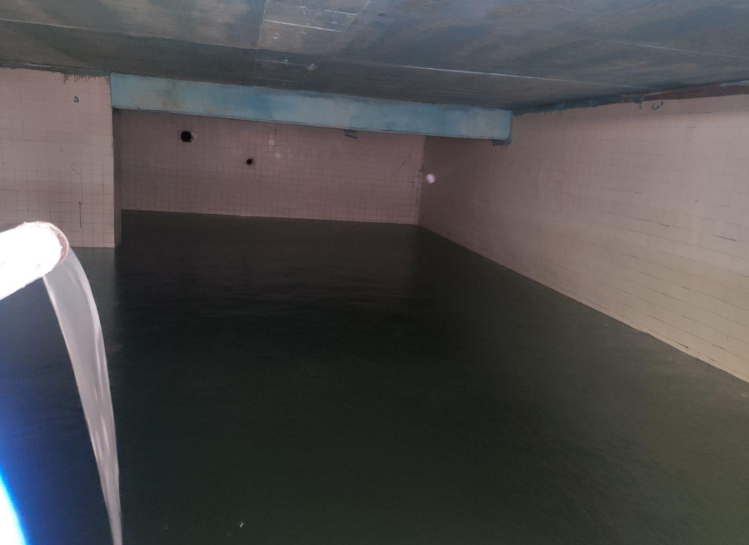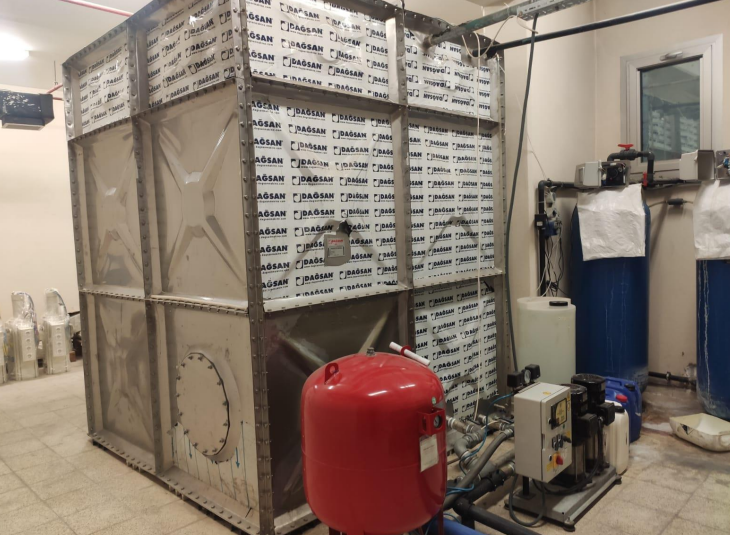Water Efficiency and Conservation of Natural Resources Management / Policies
1. The efficiency and potential of the existing natural resources in the campus area will be determined through necessary analyses and measurements.
2. Studies on the water needs and resources of the campus will be carried out.
3. It will be ensured that suitable areas for rain harvesting will be determined and sample applications will be carried out.
4. Data on water use will be collected and usage statistics will be prepared.
5. Necessary studies and feasibility studies will be carried out to reduce the amount of water consumption per capita, and necessary arrangements will be made in line with the decisions to be made as a result of the studies and feasibility studies.
6. Necessary surveys and feasibility studies will be carried out to reduce the amount of vegetable water consumption per square metre, and necessary works will be initiated in line with the decisions to be made as a result of the surveys and feasibility studies.
7. Identification and repair of leaks in order to reduce water loss in line with the principle of sustainability.
8. Studies will be carried out to develop institutional co-operation and initiate scientific research projects for the purpose of developing regional water resources.
9. Necessary survey and feasibility studies will be carried out for the establishment of a monitoring system to monitor the pollution that may occur in regional water resources around international standards, and necessary studies will be initiated in line with the decisions to be made as a result of the survey and feasibility studies.
10. Providing on-campus and regional awareness raising for water saving. For this purpose, training and seminar programmes will be prepared and implemented with the active participation of student communities.
11. Activities for raising regional awareness will be organised in cooperation with relevant institutions and organisations.
Center Research Laboratory Application and Research Center regularly carries out water analyses.


In our university, groundwater is stored in 1 unit of 1000 m³ and 2 units of 500 m³ tanks with the help of well pumps and then water is supplied to university units and irrigation areas from these tanks. By monitoring the well pumps and tank levels with the automation system between the tanks and wells in question, situations such as water overflowing etc. are detected immediately and resolved urgently. In addition, there are water tanks and fire tanks under some buildings. All systems are regularly maintained and monitored. Water-saving batteries and siphons are used inside the buildings. In addition, automatic irrigation and drip systems are largely used in irrigation systems.
Automatic irrigation and drip systems

Groundwater well pumps and storage


https://yidb.ogu.edu.tr/Sayfa/Index/109/enerji-yonetim-birimi-iletisim

